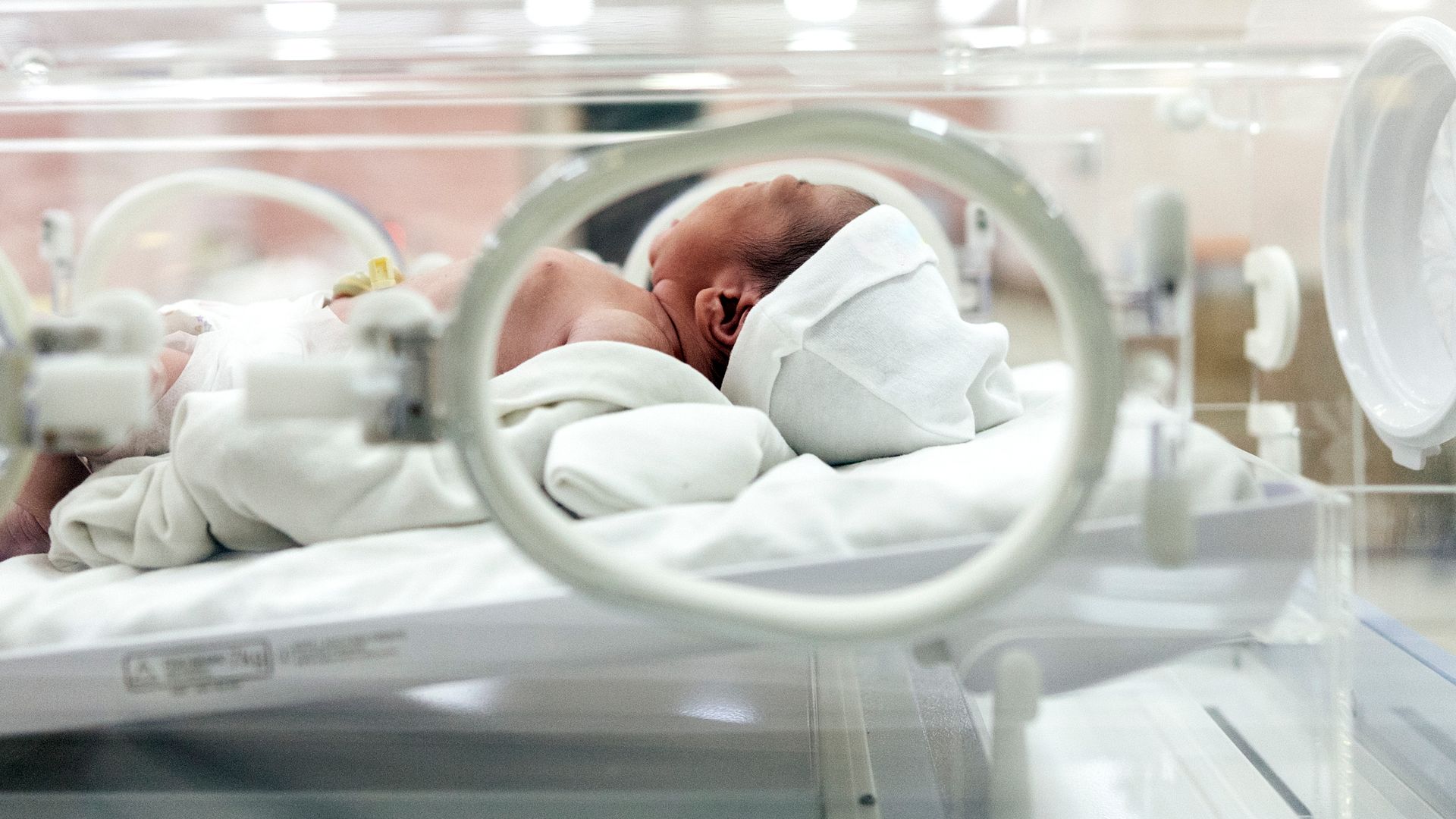
Fertility rate for US women in 2023 hits lowest level in a century: CDC
Media Landscape
See who else is reporting on this story and which side of the political spectrum they lean. To read other sources, click on the plus signs below.
Learn more about this dataLeft 35%
Center 57%
Right 9%
[LAUREN TAYLOR]
AMERICAN WOMEN ARE GIVING BIRTH AT RECORD LOW RATES, ACCORDING TO THE CDC.
THE TOTAL FERTILITY RATE FELL TO 1.62 BIRTH PER WOMAN IN 2023, THE LOWEST RATE SINCE THE 1930S.
THE LEAD AUTHOR OF THE STUDY SAYS THE DECLINE SHOWS MANY WOMEN ARE FOREGOING OR DELAYING HAVING KIDS BECAUSE OF ECONOMIC UNCERTAINTY– AND SHIFTING SOCIETAL NORMS.
THE AUTHOR SAID WOMEN ARE INCREASINGLY FOCUSED ON ESTABLISHING CAREERS AND CONTRACEPTION IS MORE ACCESSIBLE.
AND YOUNG COUPLES ARE ALSO PAYING OFF STUDENT LOANS AND INVESTING IN HOMES, WHICH MAY TAKE PRIORITY OVER HAVING KIDS.
THE DECLINE IN BIRTH RATES VARIES ACROSS AGE GROUPS AND ETHNICITIES.
WOMEN IN THEIR MID-TO-LATE 30S ARE HAVING CHILDREN AT SIMILAR RATES TO THOSE IN THEIR EARLY 20S.
WHILE BIRTH RATES AMONG TEENS HAVE REACHED RECORD LOWS.
THE RECENT DATA COINCIDES WITH BROADER CULTURAL SHIFTS.
INCLUDING THE SUPREME COURT’S DECISION TO OVERTURN ROE V. WADE.
SOME STATES WITH ABORTION BANS HAVE SEEN INCREASES IN FERTILITY RATES.
SUGGESTING A CORRELATION BETWEEN REPRODUCTIVE RIGHTS AND FERTILITY TRENDS.
DECLINING BIRTH RATES CAN HAVE A NUMBER OF DETRIMENTAL IMPACTS ON A NATION. FIRST AND FOREMOST IT CAN CREATE A DECLINE IN POPULATION, HOWEVER RECORD NUMBERS OF IMMIGRANTS COMING INTO THE U.S. HAVE OFFSET THOSE LOSSES IN RECENT YEARS..
IT MAY ALSO REDUCE THE NUMBER OF WORKERS CONTRIBUTING TO THE ECONOMY, WHICH IN TURN CAN AFFECT THE SUSTAINABILITY OF SOCIAL SECURITY.
THE AUTHOR OF THE STUDY MAINTAINS MANY WOMEN WANT CHILDREN BUT OFTEN CHOOSE TO DELAY MOTHERHOOD.
BUT DESPITE ADVANCES IN FERTILITY TREATMENTS, SCIENCE SHOWS TRYING TO CONCEIVE LATER IN LIFE CARRIES LOWER SUCCESS RATES AND GREATER HEALTH RISKS.





